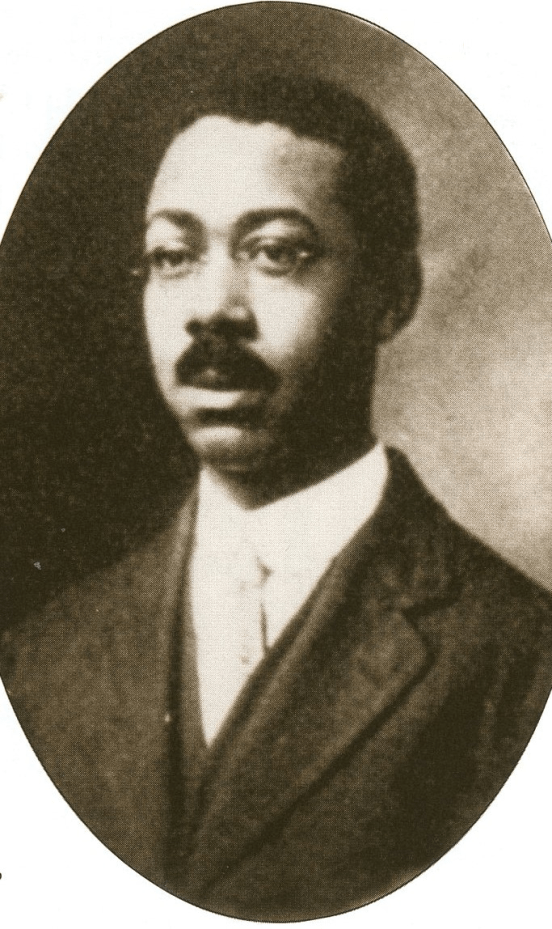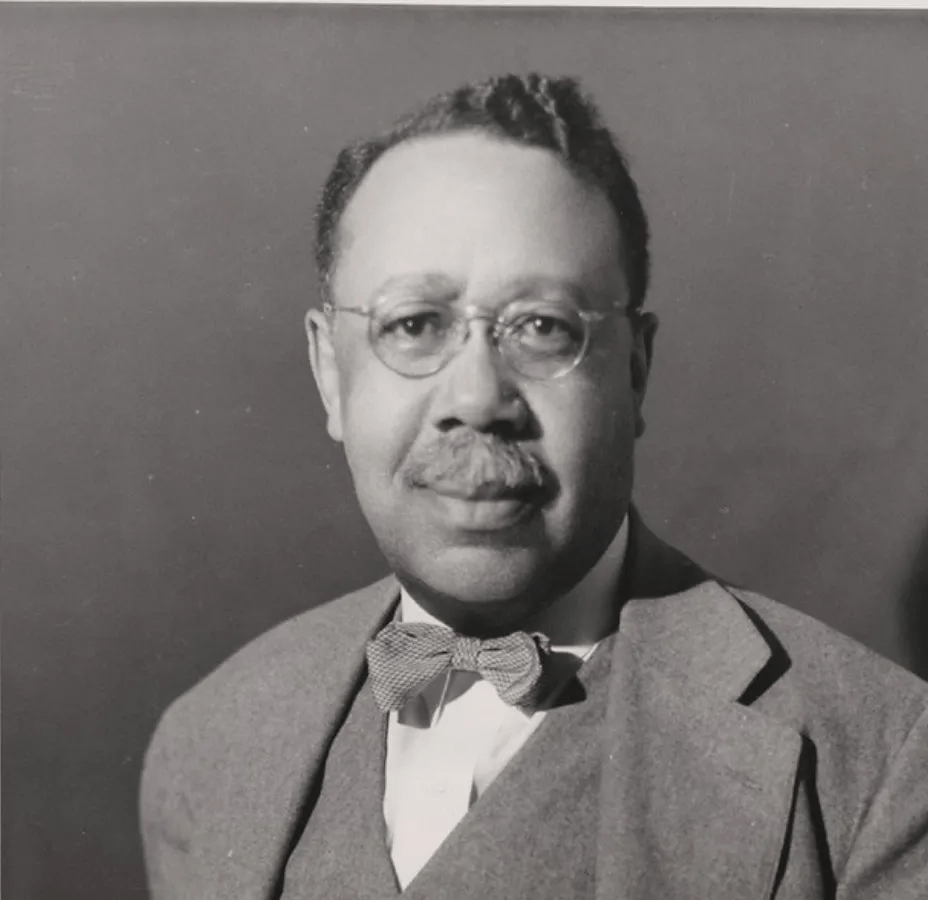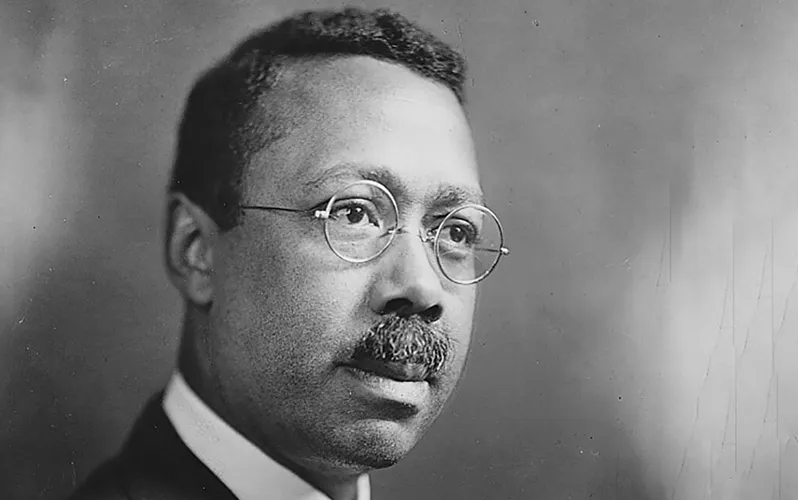Hinton’s greatest contribution to medical science was the Hinton test for diagnosing syphilis which became the preferred test for the US Public Health Service, because it was the most accurate and efficient. The test was used extensively by the US Army in World War II. He also became the first Black professor at Harvard University to teach medicine and hygiene.
1883
1959
USA
African American
1905-
Bachelor’s degree at Harvard University
1905/06-
Started teaching at Waldo University
1906/09-
Started teaching at a state school
1909-
Married wife Ada Hawes
Enrolled to Harvard Medical School
1912-
Got a master’s degree
Became a serologist at Wasserman Laboratory after graduating
1915/16-
Appointed Chief of the laboratory three years after working there
Appointed Director of Laboratory at Boston Dispensary
1923-
Began teaching at Harvard Medical School
1936-
Hinton test officially became the preferred test for syphilis
1940-
Appointed Clinical Professor of bacteriology and immunology
Lost a leg in a car accident
1950-
Retired from teaching
1953-
Retired from his position as Director of Laboratory at Boston and Chief of Wasserman Laboratory
William Augustus Hinton was born in Chicago to Augustus Hinton and Maria Clark who were formerly slaves. After completing high school, William studied at the University of Kansas before transferring to Harvard and getting his Bachelor’s degree in 1905. He continued his studies in bacteriology and physiology at the University of Chicago. In 1909, he enrolled for Harvard Medical School and received a scholarship, but turned it down as it was because it was for African American students. He chose to compete for a scholarship called the Wigglesworth and Hayden scholarship which he eventually got two years in a row; this scholarship was much harder to achieve as it was open to all the Harvard students. He then completed his Master’s degree with honours three years later in 1912.
Due to the colour of his skin, Hinton was denied a medical internship at the Massachusetts General Hospital. Instead, he worked as a ‘voluntary assistant’ at the Pathology Laboratory in the hospital from 1913 to 1915. While working there he gained a keen interest in syphilis and became an expert at the topic. He was then appointed both the Director of Laboratory Department of the Boston Dispensary and Chief of the Wasserman Laboratory of the Massachusetts Department of Public Health in 1915. Hinton he held this position for 38 years, retiring in 1953. Under Hinton’s supervision the number of approved laboratories grew from 10 to 117. While his professional career was taking off, Hinton also went back to Harvard Medical School in 1918 and he became an instructor in preventive medicine and hygiene. In 1921, Hinton became a lecturer and started to teach bacteriology and immunology, a subject he would teach at Harvard for more than 30 years. Hinton was also acknowledged as the first Black scientist to become a member of the American Society for Microbiology in 1921 but he never attended a meeting as he feared his work would become discredited purely based on the fact that he was a person of colour. Hinton only became a full pledged Professor in 1940, a year before he retired from teaching, which also made him the first African American person to become a Professor at Harvard. Hinton developed a flocculation test for syphilis in 1927 and co-developed another syphilis test using spinal fluid with a colleague that would come to be known as the Davies-Hinton test. The tests were considered the lead of their kind at the time and became the standard test for syphilis in the USA. Throughout his career, Hinton taught at Simmons College, Harvard, and The Tufts Medical and Dentistry schools. He also established a school for laboratory technicians that was only open to women. It was the first of its kind. Hinton gained international acknowledgement for his work with syphilis. In 1948, in recognition of his contributions as a serologist and public health bacteriologist, Hinton was elected a life member of the American Social Science Association.
William Augustus Hinton was the son of Augustus and Maria who were both slaves but werefreed after the Civil War. His father was a farmer and railroad porter, and his mother was also a farmer. Hinton ensured that his money would go to a good cause after his death, and he willed the sum of his savings of $75,000 to go to a special scholarship fund for graduating Harvard students. The scholarship fund was named after President Dwight D Eisenhower to recognize his efforts in providing equal opportunities in employment. Hinton married a teacher Ada Hawes in 1909. They had two daughters, Anna and Jane Hinton.
https://www.findagrave.com/memorial/101401829/william-augustus-hinton
https://en.wikipedia.org/wiki/William_Augustus_Hinton#:~:text=Hinton%20became%20internationally%20known%20as,simple%2C%20quick%2C%20and%20unambiguous.
https://meded.hms.harvard.edu/william-augustus-hinton
http://www.faqs.org/health/bios/72/William-Augustus-Hinton.html
https://journals.asm.org/doi/10.1128/JCM.01933-20#:~:text=Following%20graduation%20from%20high%20school,at%20Harvard%20College%20in%201905.
https://www.unmc.edu/news.cfm?match=210#:~:text=In%201934%2C%20the%20U.S.%20Public,published%20by%20an%20African%2DAmerican.




